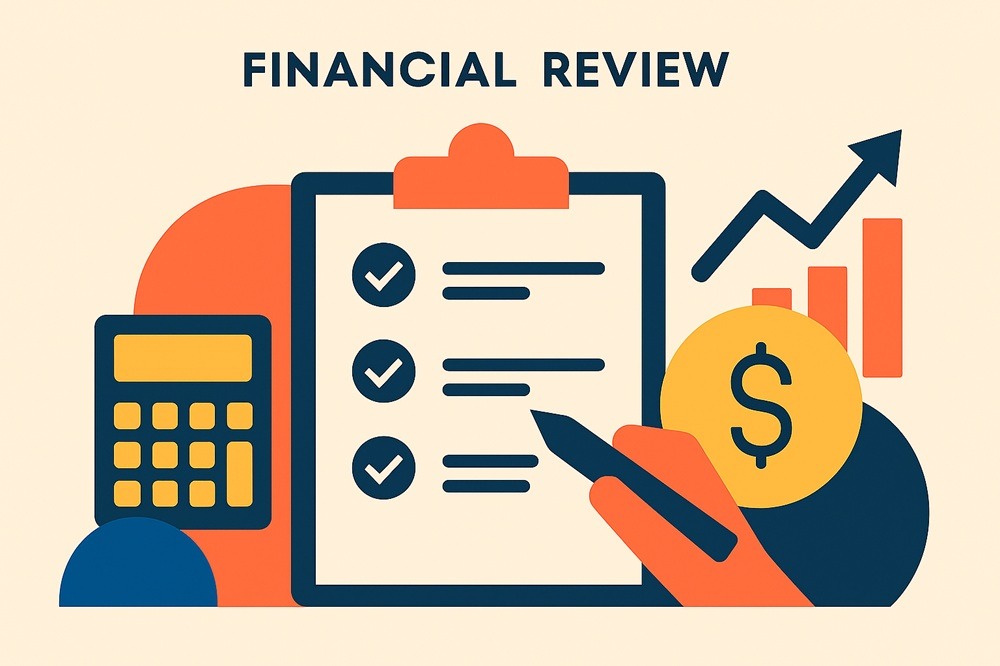Ever Borrowed Money from the Government?

Last week we introduced the concept of a reverse mortgage. This week, we want to explore the concept a little more fully by looking at a unique version of a reverse mortgage – the Commonwealth Government’s Pension Loan Scheme.
As we told you last week, a reverse mortgage is a way to gradually borrow a relatively modest amount using your home as security for that loan. Various lenders have similar schemes, but one that many people would do well to consider is the one run by the Commonwealth Government.
The Pension Loan Scheme (PLS) allows people to receive a series of regular fortnightly payments from the Commonwealth (money cannot be borrowed in a single lump sum). Interest accrues fortnightly, usually at a rate below that of a commercial lender.
In order to be able to use the PLS, you need to meet the following conditions:
- Own at least one appropriately insured Australian property that can be used as security for the loan. This does not have to be the property you live in;
- Be above the age pension age (or have a partner who is above that age); and
- Qualify for a particular type of pension. The three eligible types are: the aged pension; the disability support pension or the carer payment. (Note: you do not necessarily need to be receiving that payment; you need only to be eligible for it);
The amount that you can borrow is limited. The formula is an odd one. It looks at your age and uses what is called an age component amount. This amount rises the older you are (although it uses the younger age of you and your partner if you are not the same age). This amount is then multiplied by the value of the property/ies you are offering as security, rounded to the nearest $10,000. This gives a very large number which is then divided by 10,000. The result is the lifetime limit of the PLS.
The maximum age component amount is $6,750 for a person aged over 90. That amount is then multiplied by the value of the property before being divided by 10,000. Looked at another way, the value of the secured property is multiplied by 0.675 to ascertain the upper limit of the amount that can be borrowed.
The lowest age component is $1,710. So, the percentage of the value of the property that can be borrowed varies between 17.1% and 67.5% depending how old you or your partner are. The younger your age, the lower the percentage.
The fortnightly amount that you can draw is capped so that you receive no more than 150% of the maximum amount of aged pension payable (including supplements). So, if you are receiving 100% of the maximum aged pension each fortnight, you can only receive a further 50% of that amount as a loan each fortnight. If you are receiving 50% of the maximum aged pension each fortnight, you can receive a further 100% of the maximum pension amount as a loan each fortnight.
Technically, the PLS is not a reverse mortgage arrangement because it uses a caveat rather than a mortgage. But conceptually it is very similar, and it can allow people to access a higher standard of living while they remain in their home for as long as they can or want.
Repaying the loan is largely at your discretion. If you sell the property, you will need either to repay the loan or offer an alternative property as security (remember, the property you live in does not have to be the property you use as security). If you pass away while still living in your home, your estate will repay the loan before the assets are distributed.
Repaying the loan is where the caveat comes into play: it means that the Commonwealth Government will be informed whenever you or your executor try to transfer the title to the property (as you must do if you sell the property). If your inheritors decide to keep the property, the property will still need to be transferred from your estate and the estate will still need to repay the loan.
Lastly, as with any debt, you only have to repay the amount borrowed plus interest that accrues. So, if the property rises in value while you use the PLS, the increase is yours to keep. Similarly, although conversely, if the property falls in value, then your equity falls. Unlike a mortgage holder, however, the Commonwealth only holds a caveat. This means that they cannot force you to sell the property in the event of a property downturn – they need to wait until you decide to sell before they can claim their money back. The Commonwealth can’t therefore ‘boot’ you out of your home.
The PLS does not suit everyone. But if it does suit, it can be a really useful way to remain living in your home. Basically, if Centrelink is part of someone’s planning (and they own a property), the PLS is something very much worth considering.


